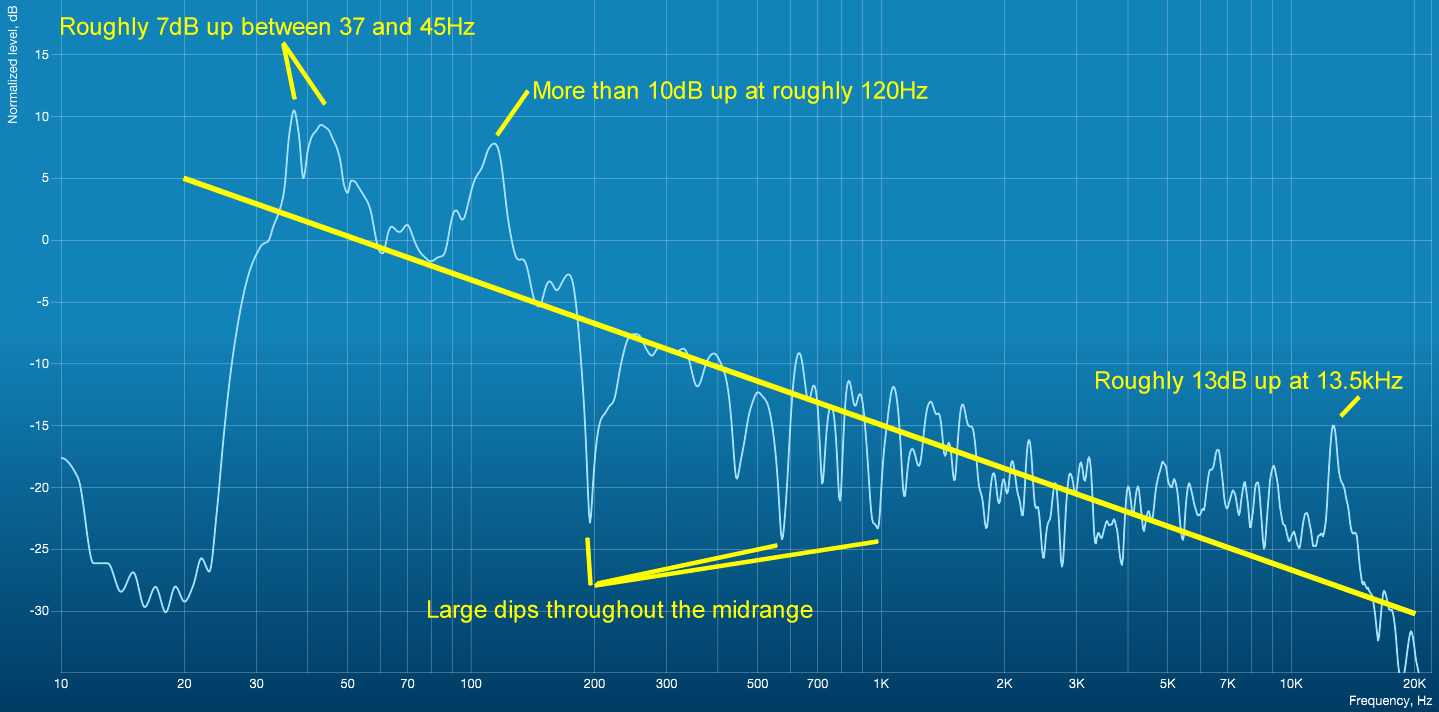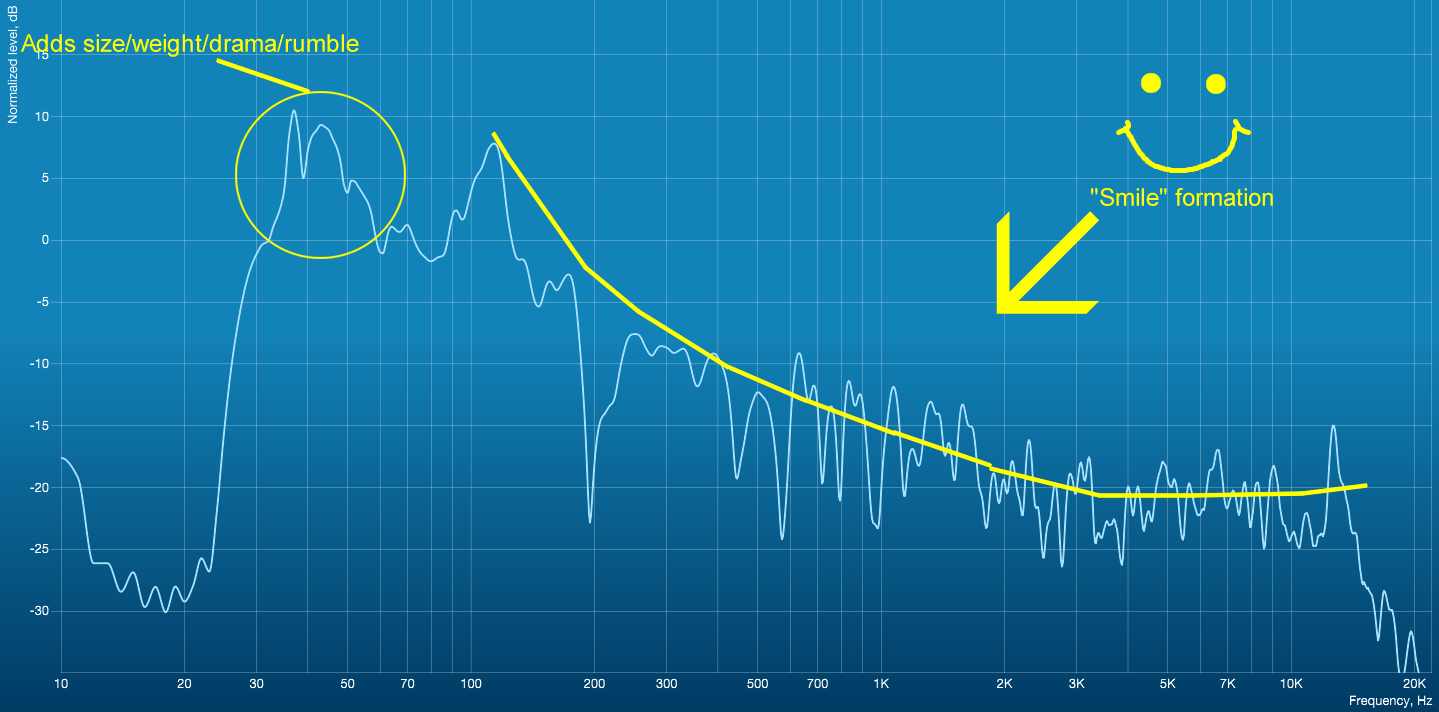Considerations when checking your mixes in the car
By Rob Stewart - JustMastering.com
Do you trust your car’s sound system when making critical mix changes?
- Be aware: “Flat” is not flat
- Be careful: Cross-checking only in one car is like getting only one opinion
Do you check your mixes in the car? People have been checking how their mixes sound in the car for decades, and for good reason. Many of us use our cars every day, and we are accustomed to the sound of our car’s audio system. We tend to think of our cars as trusted friends because if something isn’t right with our mix, we will probably notice it when we are listening to it in our car. Especially issues like tone, because we naturally compare what we hear to every other mix we’ve heard in our car.
Do you ever make material changes to your mixes solely because of an issue you hear in your car (e.g. “Hmm, that kick is a little loud in the car, I’m going to turn it down”)? My advice is to be careful when doing this. While I absolutely recommend checking your mix on a variety of systems, including your car, I’ll emphasize the word “check”. In this article, I will explain some potential concerns with trusting your car’s audio too much when considering making changes to your mix.
Be aware: “Flat” is not necessarily flat
Let’s face it. The average person who buys a sound system is looking for an engaging, immersive, musical experience. The average listener will notice a system that sounds punchy and fun because it makes music sound more “live” and exciting. Car manufacturers know this, and have been equipping cars with increasingly complex sound systems to provide enjoyable listening experiences.
I’ll start with a picture (see Figure 1). I created this magnitude response plot of a recent model North American sedan. The first time I listened to this car’s sound system, I noticed how it had been designed to sound fun and highly musical. As any audio enthusiast would, I wanted to understand what I was hearing. Note that this measurement was taken from the driver’s position with the system set to “flat”. The long straight yellow line I drew gives you an idea of the overall “slope” of the sound system which is important, but it’s mainly there to illustrate the variances up and down the spectrum relative to the overall slope.
Figure 1 - a "flat" setting is not flat

There are 3 key areas of variance that make this system really “pump” from a listener’s perspective. There are large peaks and valleys in important musical zones. Some of what you’re seeing in Fig 1 is related to the acoustics within the car’s cabin, but much of it is also how the system has been engineered to sound. The system designer starts with the car’s cabin, and works within those acoustical limits to create a car audio system that people will enjoy listening to.
Let’s look at the bass first. This system sounds big, the bass really has a nice “thump” to it and the response plot shows you why. There are some peaks below 50Hz that contribute to size and weight, emphasizing rumble effects and low bass notes. To put that into perspective, the lowest octave (A0 to A1) on a piano starts at 27.5Hz, and ends at 55Hz. The peak at 120Hz is right in the “power” zone of the kick drum. At 7 to 10dB, these peaks are relatively large considering that 3dB is a doubling of measured power, and 10dB is what we perceive as a doubling in power. So in this car, on this system, the listener is getting “twice the kick”. And remember, that’s listening at the “flat” setting. How many casual listeners do you know that set their car systems to flat?
Even with those peaks, the bass sounds clear, and a big part of the reason is a large dip at roughly 200Hz. This dip is in the “mud” zone - which keeps the bass and lower midrange nice and clear – particularly in grungy electric guitar power chords that can often overlap with a bass guitar.
This system has a clear and relaxed sounding midrange. I can crank it loud and it does not get too forward-sounding, boxy or harsh. That’s actually because the midrange is relatively flat, while the bass and top end are lifted up a bit (more on that a little later). While there are peaks dips throughout the midrange, they are relatively narrow, and will change a lot depending upon where you are sitting in the car. On balance, the midrange in this car is relatively stable between 300Hz and 3kHz considering the acoustical limitations of the car’s cabin.
In the top end, you can see a steady rise in the high frequencies starting at 4kHz, with a large spike at 13.5kHz (again, remember that this is “flat”). As a result, plucked instruments, the top end on cymbals and the air in a vocal really shine on this system. Well recorded snare drums sound great too, but again, this is hardly a “neutral” sound. This is made to add sizzle, air and excitement.
Let me show you another picture of the same plot (Figure 2), but this time I am illustrating how this system has been configured with the classic “smile” formation – even when set to flat. This “smile” formation is what creates that nice, musical, slightly relaxed sound. Bass and top end are nice and clear at lower playback levels, and this relaxed sound makes you want to turn up the music. When you do, you are rewarded with plenty of bass which is desirable to many listeners, today. So “flat” is not flat in this car’s case.
Figure 2 - classic "smile" formation in action

So what’s the problem? From a pure listening perspective, there is no problem. This system is a joy to listen to. It does what it was designed to do by making my listening experience exciting and fun. The peaks and dips that I’ve pointed out above flatter any good mix that you play through it. But trusting this system too much is like trusting just one opinion, and that is where problems can arise when we're checking our mixes. If you are accustomed to mixing on relatively flat nearfield monitors, switching to this system might be a shock to you, which might lead you to over-compensate and therefore reduce the quality of your mix in the end. To prevent that from happening, here are my recommendations:
- Reduce the shock: Resist the temptation to run directly from the studio to the car. Let your ears reset by avoiding listening to your mix in the car the same day that you mixed it on your nearfields.
- Have a strong reference point: Listen to several other mixes first, to establish a baseline before listening to the mix you are checking. This builds a clear picture of the overall tone of the system in your mind. You may find that you’ll hear a recurring pattern across multiple reference mixes on that system that you otherwise would not have noticed.
- Emphasize “Check”: Listen to your mixes and make note of issues you hear, but avoid making changes until you re-check for the same issue on other systems (see next tip). What you’re hearing could just be an anomaly in your car!
- Cross-check on several systems before making changes: Avoid trusting what any one system is telling you. Check your mixes on multiple systems. More is better, because every system is different. The example plot above is just one audio system in one car.
The ultimate challenge: Mixing and mastering for your audience
What could happen if you mixed a song purely based upon what you were hearing when monitoring from within this car? The peaks at 120Hz and below 50Hz would give you an artificial sense of what your kick and bass sounds like. That might cause you to de-emphasize the kick to a large degree in those areas, making it sound lifeless on other systems. The dip at around 200Hz might prevent you from noticing and addressing issues with muddiness and congestion in the bass and midrange. That large peak at 13.5kHz would make everything sound much more airy than it really is, possibly causing you to reduce top end in your mix when you don't need to.
If you made adjustments purely to satisfy this one car’s sound system, you would likely create a mix that sounds tubby, dull and lifeless on several other systems. While the adjustments above may sound fine in this car, chances are high that they will only sound good in this car. In other words, this car alone – or any other car, or any other system for that matter – cannot be fully trusted.
The art and science of mixing and mastering is to craft a mix that will sound good across a variety of sound systems within the limits of those sound systems. That is the ultimate challenge. Your mix needs to stand up and stand out not only in your car, but in a variety of possible scenarios. By cross-checking on multiple systems before making changes, you ensure that you are listening to your mix from a variety of different perspectives.
Happy Mixing :)!

